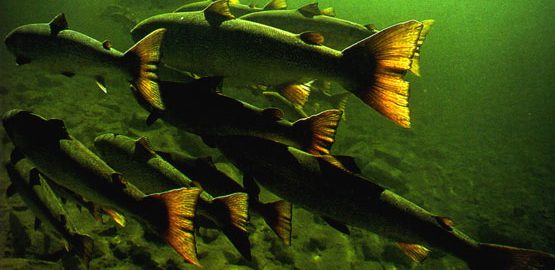Although Telemetry Systems are fairly commonplace these days, they are used in many different industries to give prior warning that an “event” is about to happen
For instance; automatic cash machines will alert the bank’s staff to the fact that the machine is running out of banknotes, petrol filling stations are linked to telemetry to alert the head office that a particular fuel is about to run out. In the shipping industry, engine performance information is relayed back to a central monitoring station to alert the control centre of any required maintenance that may be performed at the next intended port of call so that down time is kept to a minimum. We at Oriel Systems are always pleased to hear of other applications that may be of use to our customers and, in turn are keen to offer a practical solution.
One recent application that Oriel were involved with was for BP at their LPG Tanker filling sites around the country. The problem that BP had was that their LPG filling terminals sites were all 24hour operations and were open 7days a week. The Health and Safety Executive insisted on 2 people being present at all times to oversee the filling operations. Some days there may not be a single tanker pulling in to refuel and yet there would still need to be 2 BP staff on site. Over all of BP’s sites this amounted to many hundreds of staff that would have to be employed and also paid overtime (with unsociable shift allowances) even tough in many cases these staff may not actually be required.
After discussions with the customers engineers, Oriel were able to draft a proposal based on an Oriel Intelligent Telemetry Outstation at each site along with 2 CCTV cameras, one fixed, the other moveable. Security at the entrance gate would also be provided which, upon a tanker arriving out of hours would open up voice communications between the filling site and the Central Control Station, which was to be located in Scotland. As soon as this communications link is opened up, the screen for the individual site becomes active and appears in the foreground of their Monitoring PC at the Control Centre. From the overview screen the Central Control operator grants the tanker driver the required permissions to commence re-fuelling operations and a “time band” is allocated to him. During this “time band” all the critical and emergency systems such as the fire pump and deluge system are running non-stop. Once the “time band” has been exceeded the system will automatically shut down necessitating another “time band” to be allocated and permissions to be repeated.
At all times, two cameras, one fixed the other moveable via on screen controls follow every move the tanker driver makes. If the tanker driver were to fall and injure himself this would immediately be picked up and the necessary action initiated and the operation automatically shut down. The whole system runs over the secure high speed BP network and the information from any of the remote sites can be viewed from any location around the country just by plugging a laptop into the nearest standard telephone connection point and accessing the relevant password protected pages. The system gave BP the flexibility that they needed at this time, with the option to move the Control Centre to another location at a later date without incurring additional expense.
Similar technology can and already has been applied to the other Industries, Oriel Systems has already installed a system able to take video in the event of a problem such as vandalism or theft at a remote site. If the operator is alerted to a “situation” the operator can instruct the remote site to capture video and transmit the pictures to a central location and can then decide what course of action to take. If the situation warrants police involvement the pictures are saved for future use as evidence.
Of course the camera could also be used for much simpler purposes such as a view on the state of the plant and equipment at the remote site to decide the severity of a situation and whether a site visit is really necessary immediately or whether the engineer can wait until the next planned maintenance visit. Overall the system can pay for itself in just a few years, although in a recent vandalism case where a local Drainage Board had all the windows smashed in at a remote Pump Station the system, the cost could be recouped in a matter of months.
For further information please contact us on 01249 705070 or www.orielsystems.com


 01249 705070
01249 705070

